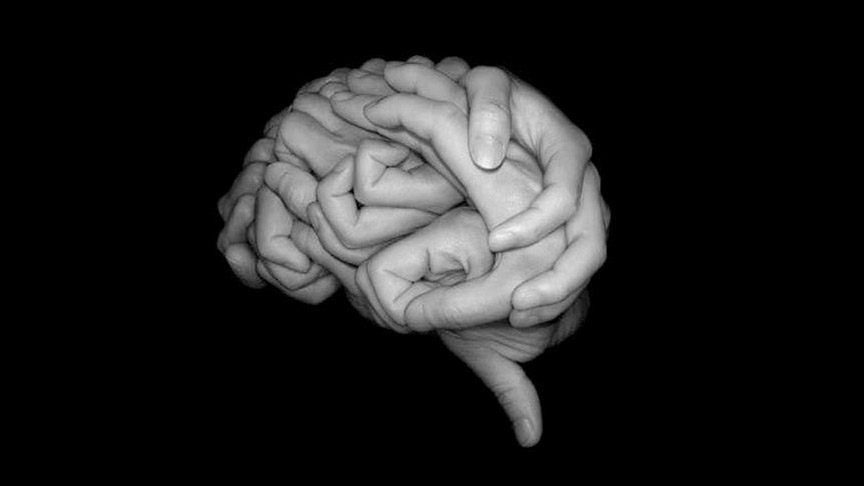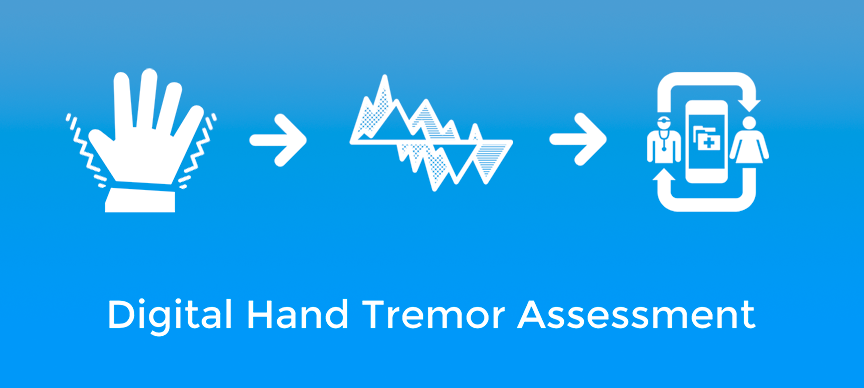In the tech world, “making the world a better place” has become a bit of a cliché. But with over a billion people living with some form of disability or impairment, medical technology can make a huge difference in people’s everyday lives. That’s why Virtualware is using Leap Motion technology to help people recovering from […]
// stroke

From drinking your morning coffee to turning off the lamp, you use your hands thousands of times a day. It’s easy to take for granted – until your hands don’t cooperate. To help people rehabilitate from strokes and hand tremors, doctors and researchers are doing some really amazing things with off-the-shelf hardware.
In a recent presentation for the Society for Neuroscience Conference, three researchers from UCSF stacked the Leap Motion Controller against two different data gloves to help assess people who suffered from stroke. They believe that the Leap Motion Controller could play a key role in how doctors diagnose and treat a variety of brain disorders – even during live surgery.

Hand tremors from diseases such as essential tremor, Parkinson’s disease, Wilson’s disease, dystonia and others affect tens of millions of people around the world, and the neurological and genetic basis for many tremors is still yet to be understood. Patients suffer physically, often unable to write and practice art, as well as socially, with tremors giving rise to more social anxiety.
Unfortunately, there are relatively few ways for individuals and doctors to quickly and reliably track tremor progression over time. With better tremor measurement and tracking using Leap Motion, I believe research could progress faster aiding in the treatment of tremors and doctors could have a more efficient tool for quantifying tremor.
